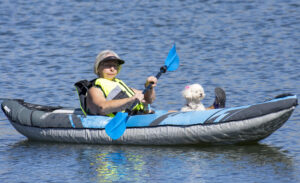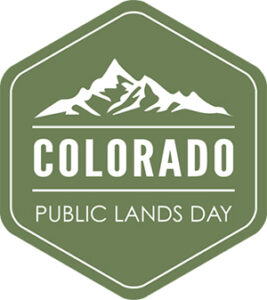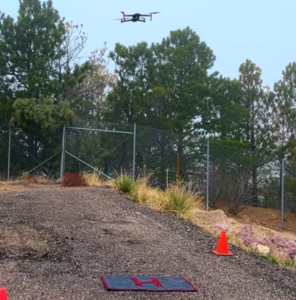After two years of high competition and fast-rising prices in residential real estate, the market is at last seeing signs of cooling off. Amid higher prices and recent interest rate hikes, demand is leveling out. Pending home sales have begun to decline, online searches, showings, and mortgage applications are down, and many experts anticipate a rebalancing in the market over the next year.
While many buyers may be starting to feel relief, younger buyers have had an especially difficult time in this market and may continue to struggle. The Millennial generation—Americans aged 26 to 41—are currently in their peak homebuying years, representing 43% of buyers according to recent data from the National Association of Realtors. Because they are earlier in their working lives, young shoppers may have less saved up to put toward a home, and they also tend to be first-time buyers, which means they do not have existing home equity available to help finance a purchase. While the market was at peak competitiveness, this made it harder to outbid buyers who had more resources at their disposal. Now, with home prices at historic highs and interest rates increasing, many young buyers are being priced out of the market altogether.
To overcome these challenges, some young buyers have relied on older friends and family members with more financial resources to support a home purchase. This can happen informally, like with gifts to put toward a down payment or closing costs, but support can also come in the form of a co-signer on a mortgage loan. Co-signers are people who agree to be responsible for loan payments if the primary signer defaults. Because co-signers’ financial resources and credit history are also evaluated as part of a loan application, this helps buyers with low incomes, more debt, or a patchy employment history increase their likelihood of qualifying for a loan and receiving lower interest rates or higher approval amounts.
 |
Young buyers appear to be relying on older co-signers simply to enter the housing market, rather than using co-signers’ financial assistance to purchase more expensive homes. This is evidenced by similar property values and down payment amounts across young buyers with and without older co-signers, according to data from the Home Mortgage Disclosure Act. The median property value and down payment for young buyers with an older co-signer is $295,000 and $40,000, respectively, compared to $285,000 and $30,000 for all young buyers. But both groups of buyers lag behind typical figures overall: for all buyers, the median property value is $325,000, and the median down payment is $50,000.
 |
Co-signers are especially helpful to young buyers in markets that tend to be more expensive for housing. There is a positive correlation between median home price in a state and the percentage of young buyers with an older co-signer. The three states with the highest percentage of young buyers who have a co-signer—Hawaii, Colorado, and California—respectively rank first, fifth, and second in the U.S. for overall home prices.
Due to the relationship between home prices and the presence of a co-signer, states in the West and Northeast that tend to be more expensive also tend to have younger buyers relying on co-signers more often. In contrast, more affordable states in the Southeast and Central U.S. have fewer young homebuyers with a co-signer.
To determine the states with the highest percentage of young homebuyers with an older co-signer, researchers at Porch analyzed the latest data from the Federal Financial Institutions Examination Council’s Home Mortgage Disclosure Act. The researchers ranked states by the percentage of young homebuyers (34 years old or younger) with an older co-signer (55 years old or older). In the event of a tie, the state with the higher median property value for young homebuyers with an older co-signer was ranked higher.
The analysis found that in Colorado, 1.361% of young homebuyers have an older co-signer on their mortgage loan, compared to 0.915% at the national level. Out of all states, Colorado has the 2nd most young buyers utilizing an older co-signer. Here is a summary of the data for Colorado:
- Percentage of young buyers w/ an older co-signer: 1.361%
- Median property value for young buyers w/ an older co-signer: $385,000
- Median property value across all young buyers: $405,000
- Median down payment for young buyers w/ an older co-signer: $60,000
- Median down payment across all young buyers: $50,000
For reference, here are the statistics for the entire United States:
- Percentage of young buyers w/ an older co-signer: 0.915%
- Median property value for young buyers w/ an older co-signer: $295,000
- Median property value across all young buyers: $285,000
- Median down payment for young buyers w/ an older co-signer: $40,000
- Median down payment across all young buyers: $30,000
For more information, a detailed methodology, and complete results, you can find the original report on Porch’s website: https://porch.com/advice/young-buyers-relying-older-co-signers-buy-homes






















